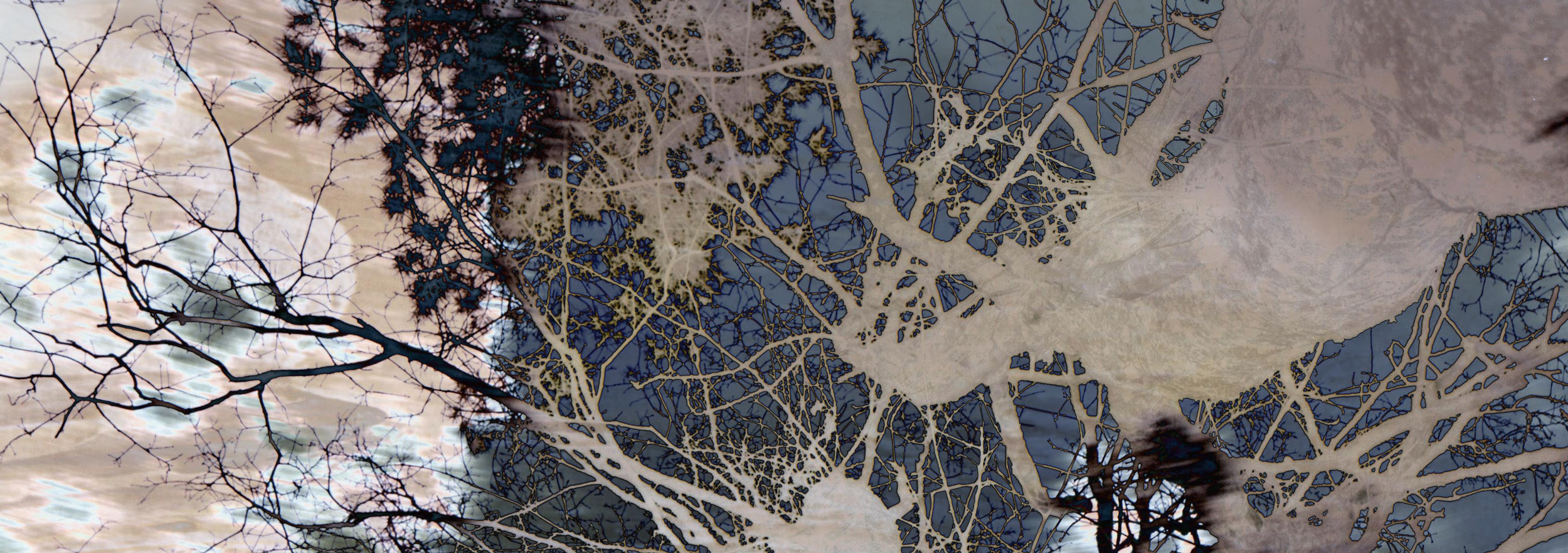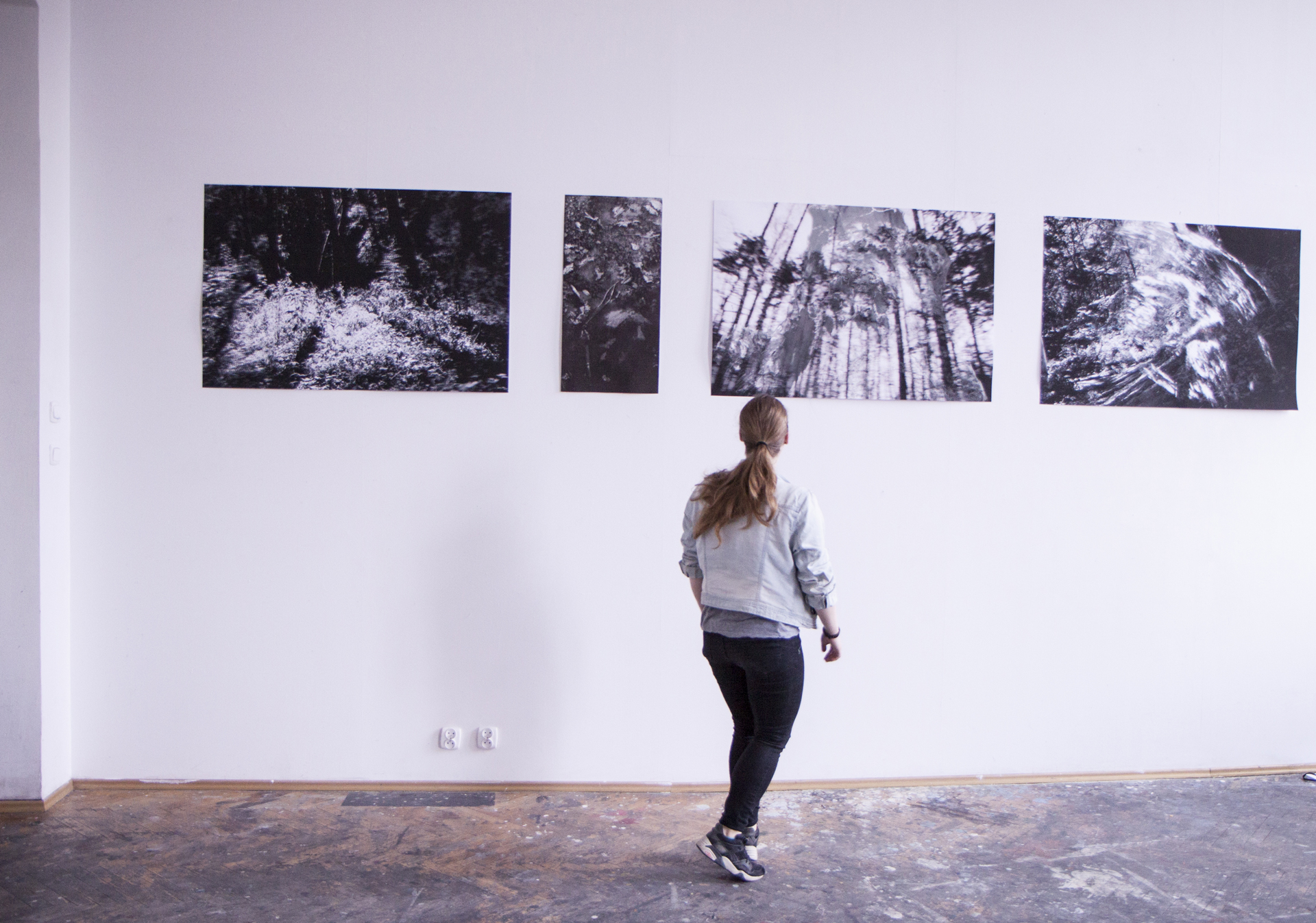Timeless peace together with strong feeling of anxiety. Vegetation which can cover huge civilizations with their achievements, crimes, remains. Nevertheless what is covering, trees sounds unshakeably the same. Patient indifference.
The tension. I do not mean fear or disgust. Just a little anxiety that maybe not everything is as it seems.
O tym, co przyjdzie oraz zakryje twoje zbrodnie i osiągnięcia, czyli co łączy Terrence’a Malicka i Sylwię Solak
Cykl „Przyjdzie i zakryje Twoje zbrodnie i osiągnięcia” to przedstawienie kilkunastu wizerunków natury. Każdy z nich to mieszanka uwodzicielskiego piękna i strachu. Nie wiadomo, czy są bardziej miejscem narodzin, czy śmierci. Malick to reżyser, który jest wyczulony na subtelną formę, tak samo zresztą jak Solak, która niczym zręczny operator potrafi uchwycić moment, w którym światło epicko opowiada historię o naturze. Takie podejście sprawia, że widz przed obrazem jest pobudzony i jednocześnie zdaje sobie sprawę, iż jest w tym coś ważnego, że należy być uważnym niczym, wykonując jakiś rytuał. Pomiędzy pniami drzew na pracach Solak prześwituje migające światło, podobnie jak przez witraże w katedrach gotyckich. Źdźbła trawy, próchniejące gałęzie i liście pochodzące ze świata materii mają ideowy, niemalże duchowy wydźwięk. Podobnie jak u Malicka. W „Podróży do Nowej Ziemi” zaczyna swój film od słów: “Chodź duchu, pomóż nam śpiewać opowieść o naszej ziemi, jesteś naszą matką, my, twoim polem kukurydzy, wyrastamy z twojej duszy.”



















